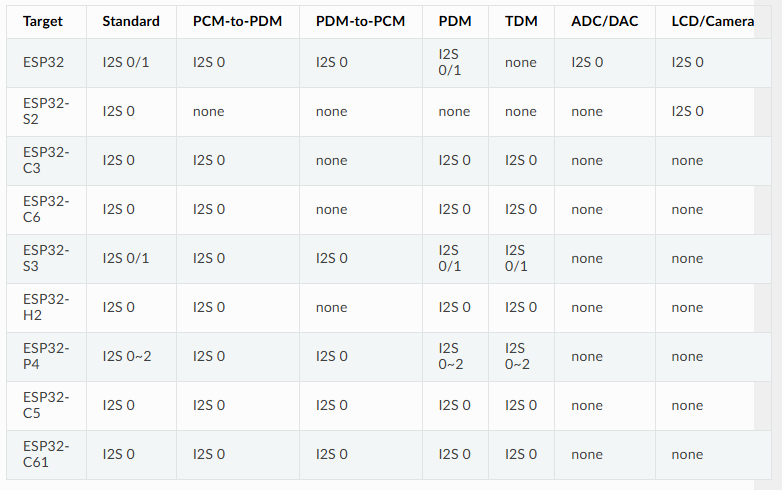Yes, I used a standalone AMP specifically a MAX98357 which you can see in the photo. Unlike the 2nd gen Echo the 3rd gen echo dot’s DAC/AMP is integrated into the main PCB so I didn’t even attempt to use it.
When I was searching for a SBC that could fit, I was having difficulties finding one that could handle 5 I2S streams, I didn’t realize that the ESP32C3 could handle so many I2S channels. I am interested in your PCB however, currently, I am planning to do some form of on-device voice isolation and wake-word detection. I picked up a Luckfox Pico Ultra W which is barely small enough to fit inside the dot with some modifications. It uses the Rockchip RV1106 SOC which has a built in DAC, 8ch I2S and 1 tops NPU. Unfortunately you cannot send I2S to the DAC and on the external pins at the same time.
It might not be worth the effort to get the on-device stuff working but I like the idea of it.
